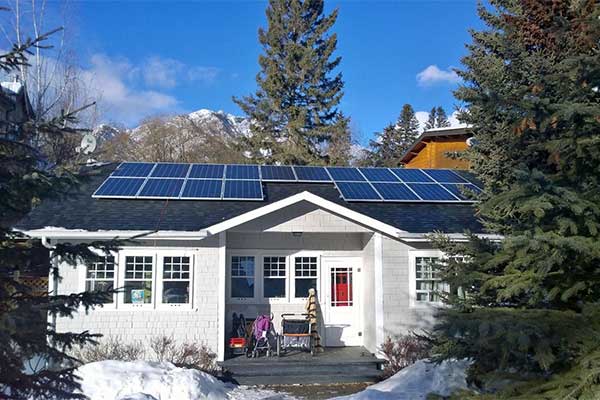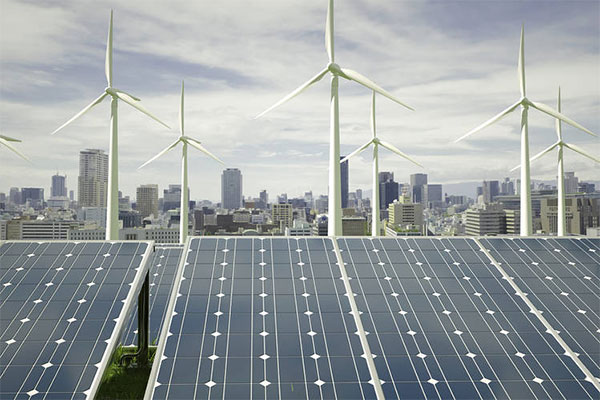Canada’s Supreme Court ruled in favour of the carbon tax—which means the federal government can impose nationwide pricing standards.
Provinces that resisted and maligned the policy as a “job-killing tax” are also cited in a new report as being the same that will lead Canada’s growth in renewable energy capacity over the next three years.
These provinces will have to follow the Liberal government’s plan to raise Canada’s carbon pricing from the current $30 per tonne to $170 per tonne in 2030.
The federal law sets minimum standards for carbon pricing with the intent to price out emissions over time.
The tax plan has been the central driving force in Prime Minister Justin Trudeau’s goal of achieving net-zero emissions by 2050.
The six-to-three majority decision dismisses a challenge from the oil-rich provinces of Alberta and Saskatchewan, which were joined by Conservative-run Ontario in arguing that the federal government’s 2018 carbon tax law infringed on their jurisdiction.
In its ruling, the court said there was broad consensus among expert international bodies that carbon pricing is a critical measure for the reduction of greenhouse gas emissions. The court described climate change as an existential threat to human life in Canada and around the world and said the harms went beyond provincial boundaries and that it is a matter of national concern.
Trudeau had long insisted that the federal carbon tax is constitutional—and while the Supreme Court agrees with him, Conservative Premiers from these three provinces firmly oppose the policy.

Jason Kenney raked in cash in his run for the Progressive Conservative leadership, but he’s also reaping criticism for his campaign’s financial practices (CalcaryHerald)
They say the cost will damage the economy and burden taxpayers, and they also think it’s an overreach by the federal government into an area of provincial jurisdiction.
It’s no surprise that the majority of the provinces that oppose this policy are large energy producers. Provinces that rely heavily on fossil fuel generation. But it’s also no surprise that a new report details how energy production in these regions is projected to evolve in the coming years.
The report by the Canada Energy Regulator (CER)—says Canada’s growth in renewable energy capacity will be driven by the Prairie Provinces such as Alberta, Saskatchewan and Manitoba.
The “Canada’s Renewable Power report” says the country’s total installed renewable capacity will hit 71% in 2023, or 106,027 megawatts, up from 67% in 2018.
However, the rate of growth will slow from 2.9% per year in 2010-2017 to 1.3% per year in 2018-2023.

A solar powered home in the town of Banff, Alberta. (Credit: Town of Banff)
“When people think about the Prairies, many of them think about fossil fuels. Interestingly, our projections show they are actually now leading the way in renewable energy growth, while national levels will slow in the next three years,” said Darren Christie, CER chief economist.
The report specifically notes that Alberta will see the fastest growth in renewable energy capacity between 2018 and 2023. That by 2023, 26% of the province’s electricity capacity will come from renewable sources, up from 16% in 2017.
Alberta will add nearly 2,000 megawatts of renewable power capacity between 2017 and 2023, while Saskatchewan will add 587 megawatts in that time.
Here’s a breakdown by sector and capacity in megawatts:
| Capacity in MW | 2010 | 2017 | 2018 (projected) |
2020 (projected) |
2023 (projected) |
| Hydroelectricity | 75,149 | 80,922 | 81,383 | 81,468 | 83,315 |
| Wind | 3,746 | 12,673 | 12,782 | 13,901 | 15,851 |
| Biomass / Geothermal | 1,773 | 2,411 | 2,432 | 2,284 | 2,463 |
| Solar | 281 | 2,614 | 2,720 | 3,028 | 4,398 |











Comments